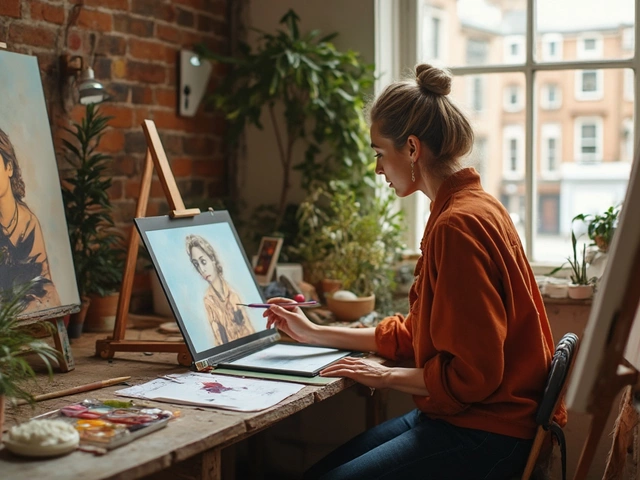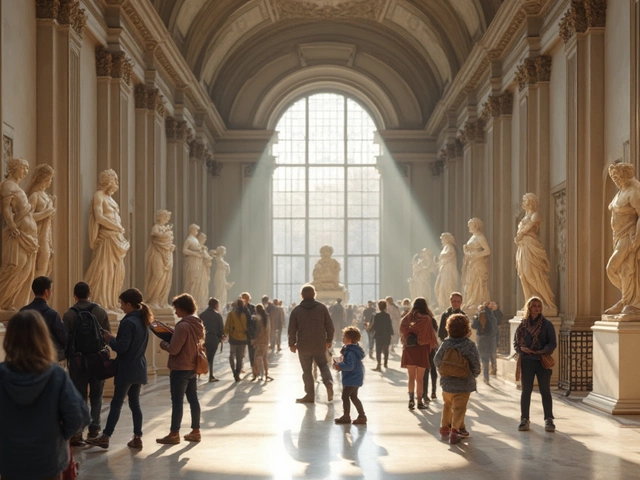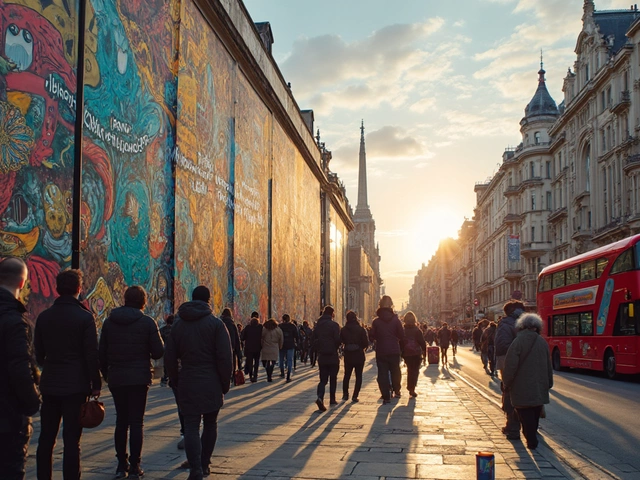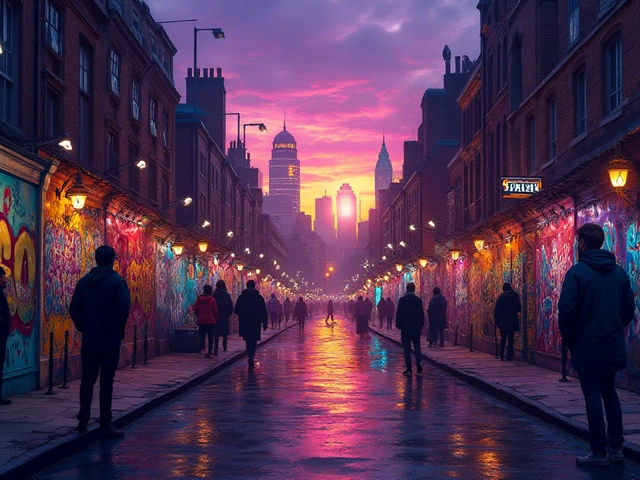Abstract Painting – Techniques, History & Inspiration
When working with Abstract Painting, a style that emphasizes non‑representational forms, colors, and textures to express emotions or concepts. Also known as non‑objective painting, it bridges the gap between pure feeling and visual language. It falls under the broader umbrella of Abstract Art, art that does not attempt to represent external reality but rather uses shapes, colors, and gestures. As a major branch of Modern Art, the movement that broke away from traditional techniques in the late 19th and early 20th centuries, abstract painting inherits a legacy of experimentation. Mastery also depends on solid Color Theory, the study of how colors interact, create mood, and guide the eye, and thoughtful Composition, the arrangement of visual elements to achieve balance, tension, and movement. In short, abstract painting blends intuition with these core concepts, letting artists turn feelings into visual rhythm.
Why Abstract Painting Matters
First, the freedom of abstract painting pushes you to trust your instincts while still relying on the structure of color theory. Knowing complementary hues, warm‑cool contrasts, and saturation levels lets you convey energy without a single recognizable object. Second, composition in abstract works isn’t about placing a subject; it’s about guiding the viewer’s journey across the canvas. Techniques like the rule of thirds, diagonal flows, or rhythmic repetition keep the piece engaging. Third, the historical tie to modern art means you’re joining a conversation that includes legends like Kandinsky, Mondrian, and Rothko, who each used specific palettes and compositional tricks to explore spirituality and perception. By studying their approaches, you can adopt proven strategies—like Mondrian’s strict grid or Rothko’s color field expanses—and remix them into your own voice.
Practical tips for anyone curious about abstract painting start with material choices. Acrylics dry fast, making them great for layering bold washes, while oils linger longer, offering smoother blending for subtle transitions. Adding texture—through palette knives, sand, or mixed media—creates depth that pure color alone can’t achieve. When you begin a new piece, lay down a loose value map: block in dark, mid, and light zones to set a visual hierarchy before committing to hue. Experiment with limited palettes; restricting yourself to three or four colors often forces stronger decisions and a more cohesive outcome. Finally, step back often. The distance reveals patterns or imbalances that are invisible up close, letting you adjust composition or color relationships on the fly.
In Pembrokeshire, the local art community embraces abstract painting through workshops, gallery shows, and artist talks. Whether you’re a beginner eager to splash your first canvas or a seasoned creator looking for fresh inspiration, you’ll find resources that match your skill level. Our upcoming events list highlights exhibitions where abstract works are featured, giving you a chance to see how other artists interpret the same principles. By exploring the posts below, you’ll uncover deeper insights into modern art influences, practical composition tricks, and the science behind color choices—all tailored for the vibrant Pembrokeshire art scene. Dive in, and let the next abstract painting you create reflect both personal expression and the rich legacy of the movement.
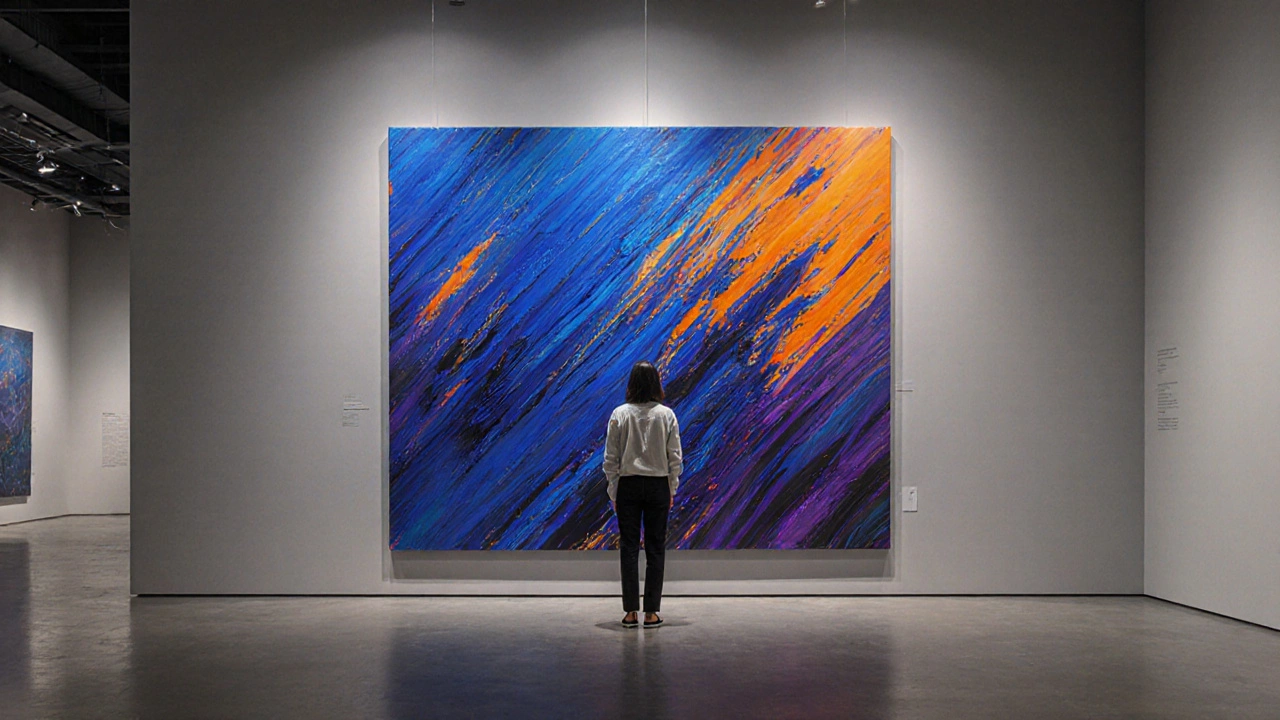
Discover the essential traits, techniques, and strategies that define a successful abstract artist, from mastering color theory to building a market-ready portfolio.
